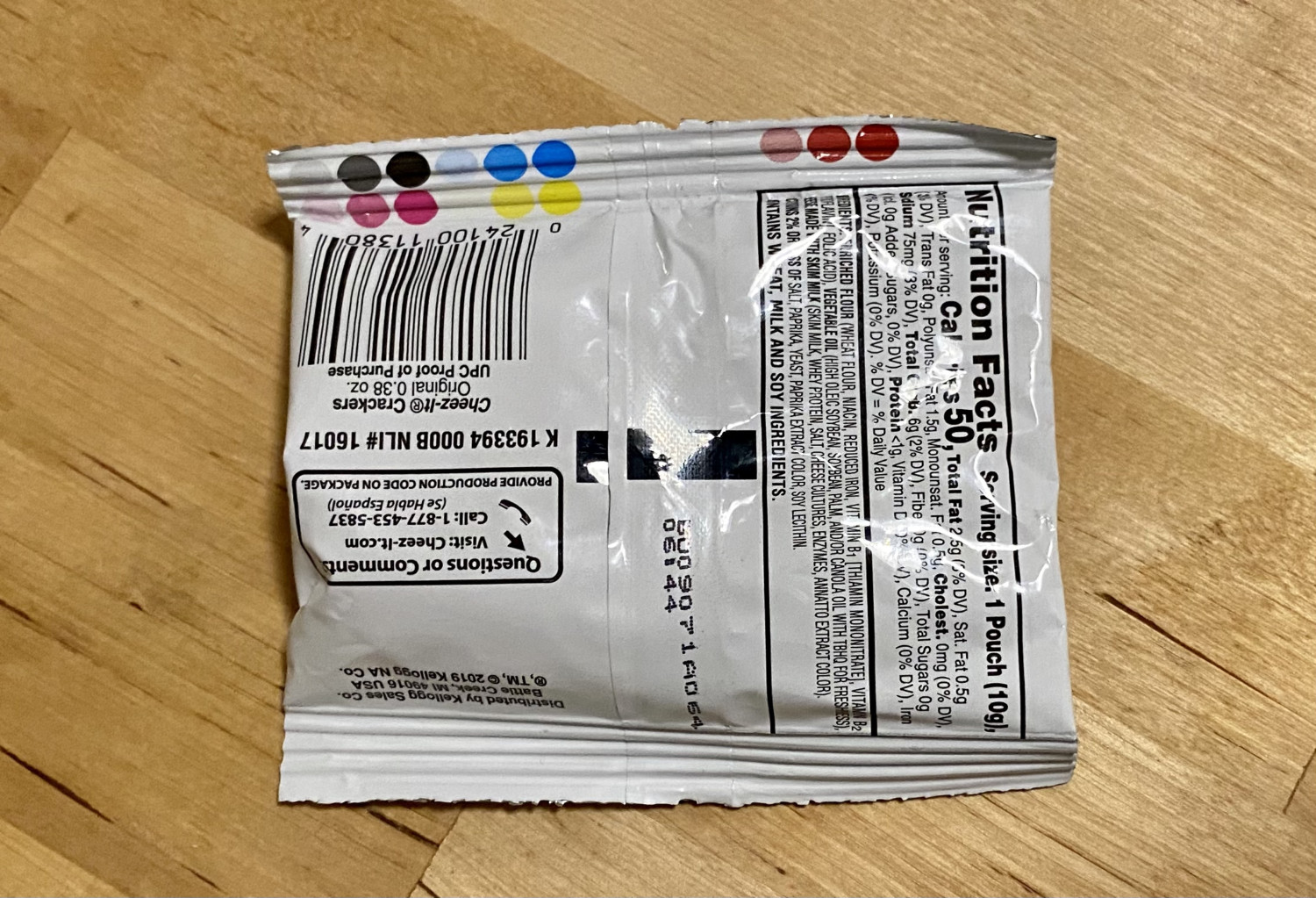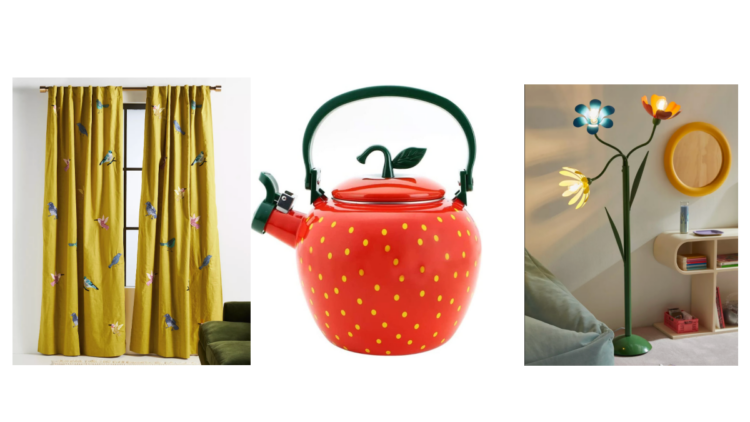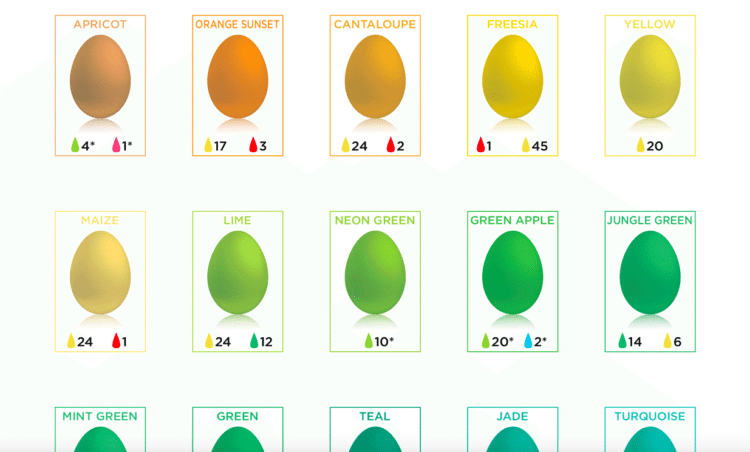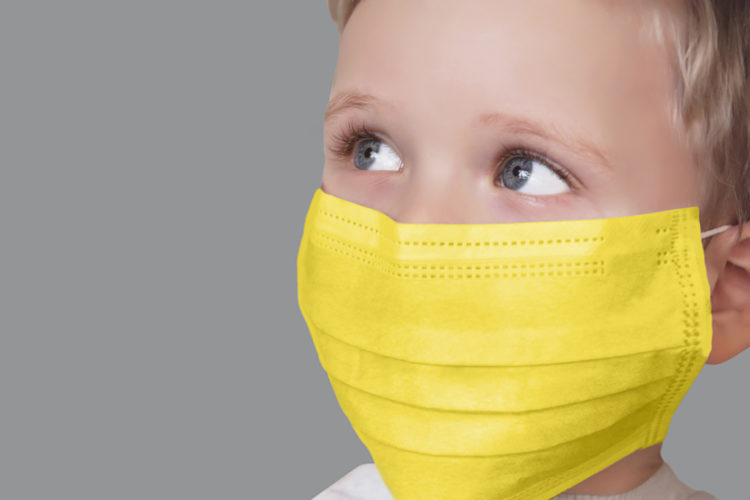What the colored shapes on your product packaging really mean
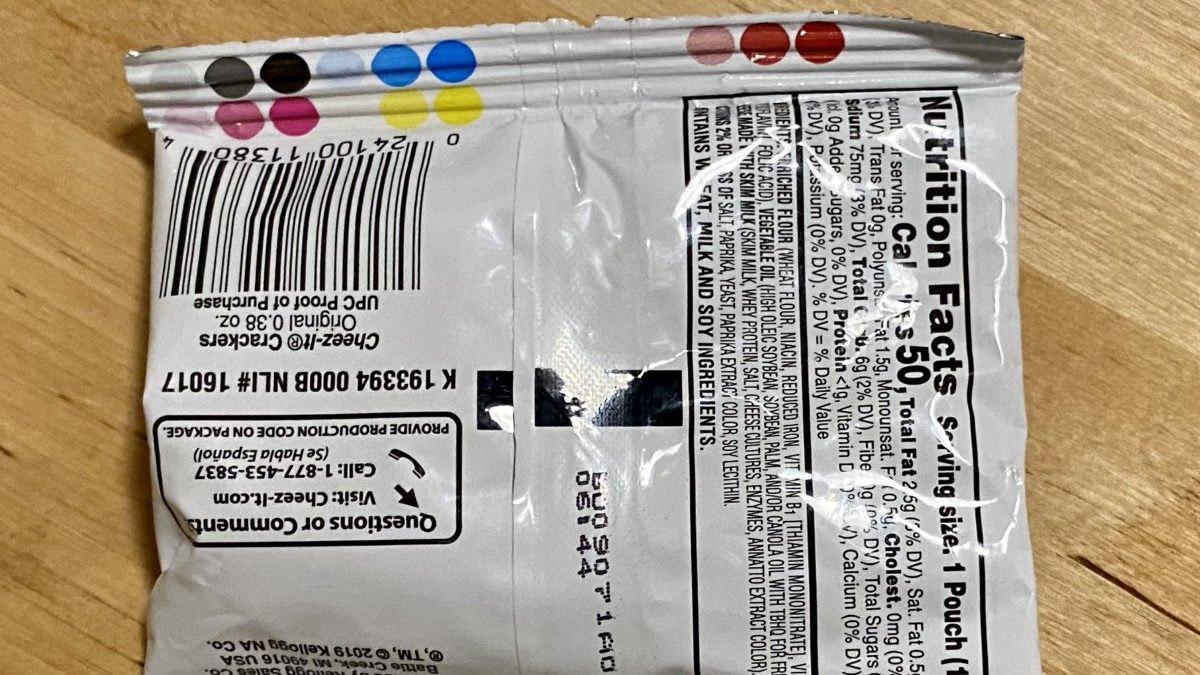
- July 26, 2021 |Last updated on 03/15/2022
Product packaging today has a lot going on, including nutritional information, recycling codes, promotions and more. So you might not pay much attention to the seemingly random line of colored circles or squares you can find on the bottom, back or inside fold of food and other items today.
They aren’t a secret code, nor do they signify anything related to what’s inside the packaging. Rather, these circles and squares are called “printer’s color blocks” or “process control patches.” They are there for printers to check the color accuracy and quality of the printing on the plastic, paper and other packaging on products that consumers receive.
For instance, here’s a stack of color blocks along with a variety of different shade blocks. They match all the colors used on Clorox disinfectant wipes.
As printing engineer Meg Schiraldi explained to Reader’s Digest, “Most printers only use four colors: cyan (blue-green), yellow, magenta, and black. But some printers have extra colors like orange, green, and violet. This helps them match challenging colors like Home Depot orange and FedEx purple. That’s why you may see more circles printed on some packages — they need to check each color of ink!”
CMYK (cyan, magenta, yellow and key/black) inks are called “process colors” because of their common usage and the way they combine the four colors to create different hues in an inexpensive way. Printers may also include different shades of “spot” colors, which are premixed for consistency and offer a wider range of more accurate and distinct colors, like metallic shades. These can be brand-specific, like the Home Depot orange mentioned above. Spot colors can sometimes seen on packaging as different shades of the same color.
“The color blocks are essentially a tool to understand how a printer is printing at any moment in time to ensure consistency,” Bridget Christenson, PR manager for General Mills, told Slate. “The blocks provide very technical information about printing conditions that allow printers to quickly adjust.”
You might think that a Diet Coke can carton would be straightforward red, white and black. However, these printer’s color blocks on a bottom flap of a Diet Coke 12-pack shows that there a few other shades thrown in.
Slate also explained some other markings on food packaging that may have puzzled you. If you’ve noticed a circled U and D next to it, those letters are actually related to the product inside. That U in a circle is actually OU — short for Orthodox Union, a type of kosher certification. The D shows that the food item contains dairy.
Also, the little sniper-like cross-hair lines you may have seen on packaging flaps help printers make sure colors are aligned properly during the offset-printing process.
Who knew?! Have you noticed these colored circles and squares on things you’ve bought?





